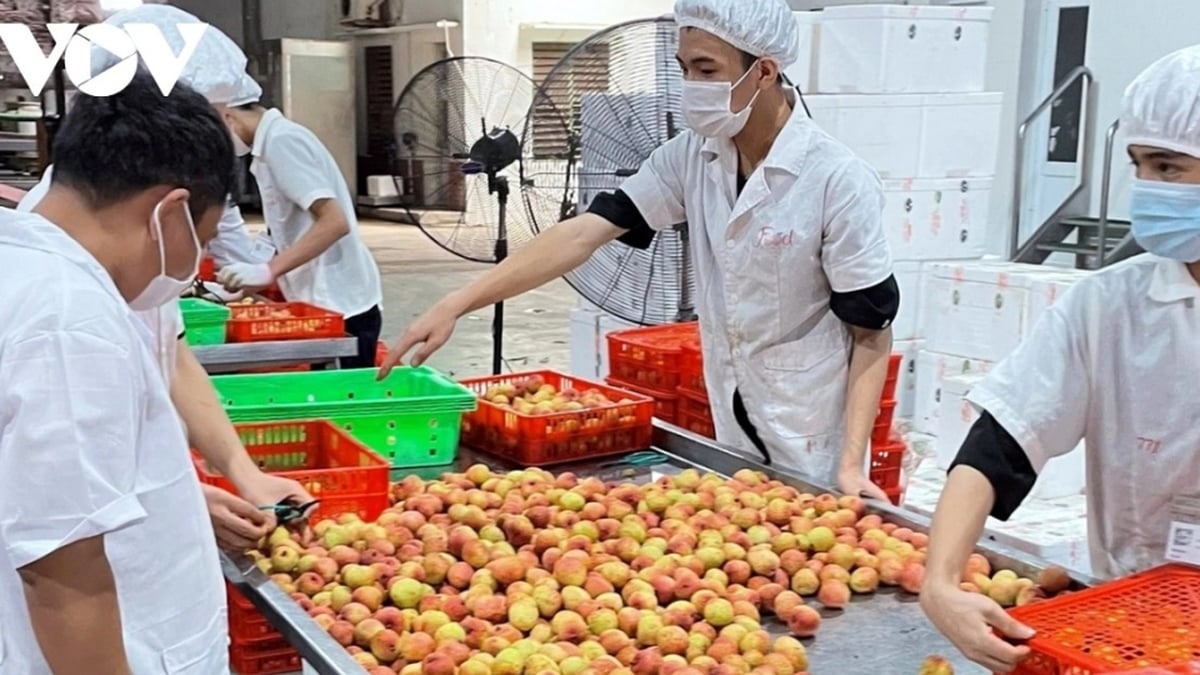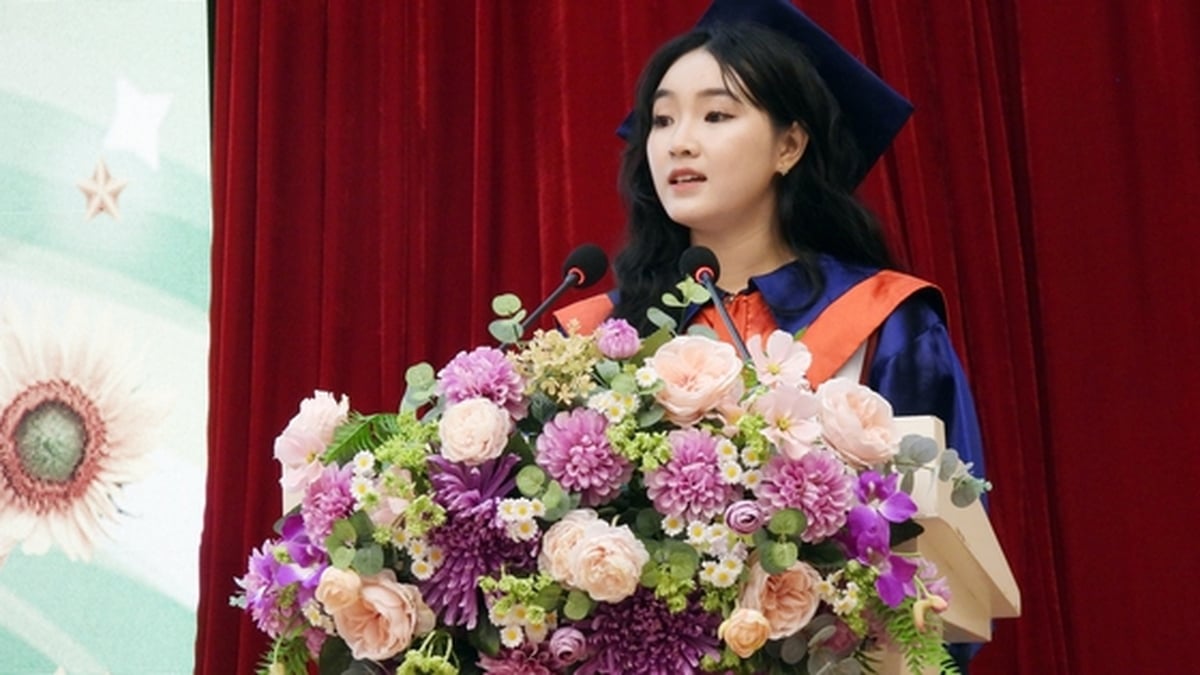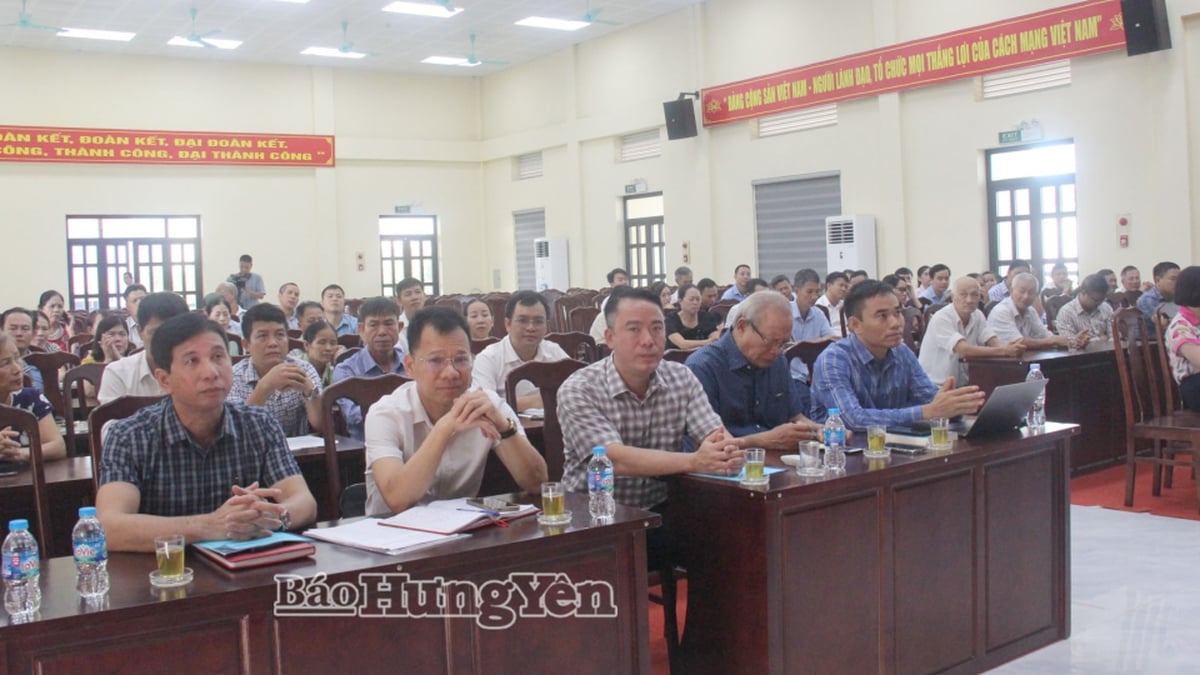While foreign automakers were once key players in the early stages of development, many are now falling behind as Chinese companies rise. International investors will have to be cautious about the long-term problem of China’s deliberate industrialization.
Auto Industry - The Focus of China's Policy
The auto industry has long been a focus of China’s industrial policy. It was the first industry to be given a national development plan after the country opened up its economy in the 1980s, and it has enjoyed close protection and support from the government to this day. State ownership, the adoption of foreign technology and know-how, centralization of production, trade protectionism, favoring domestic companies and massive subsidies have been the main tools used to promote the industry. The goal from the beginning was to create Chinese automakers strong enough to compete both at home and abroad.
State ownership was a feature of the early Chinese auto industry.
Since the 1950s, state ownership has been a feature of China's auto industry. The central government established the First Auto Works (FAW, 1953) and Second Auto Works (now Dongfeng, 1969) in turn. Other groups such as Guangzhou Auto Group (GAC, 1955), Shanghai Automotive Industry Corporation (SAIC, 1955), Nanjing Auto Corporation (NAC, 1947) and Beijing Auto (BAIC, 1958) were formed through mergers and nationalizations of local private companies. To date, FAW, Dongfeng, SAIC (merged with NAC), GAC and BAIC remain China's largest auto companies.
China has consistently sought to learn and adopt technology from foreign automakers. FAW initially imported designs and equipment from the Soviet Union and Eastern Europe. In the 1960s–70s, European and Japanese companies assisted China in developing commercial vehicles. When the economy opened up in the 1980s–90s, China traded market access for technology. Foreign automakers were limited to two joint ventures with ownership not exceeding 50%. They were required to cooperate with designated partners, locate factories in planned locations, transfer technology, train engineers, and gradually increase the localization rate.
The first joint ventures were BAIC–American Motors (1983), SAIC–Volkswagen (1984), and GAC–Peugeot (1985). By 1991, an internal report estimated that the presence of foreign firms had given China's auto industry a 30-year lead, while also boosting the machinery, chemical, electrical, and instrumentation industries.

Expanding private enterprise development
During the 1990s–2000s, China’s industrial policy aimed to consolidate the auto industry into 2–3 globally competitive large-scale conglomerates by 2010, along with 6–7 additional manufacturers and a host of component companies. Although state-owned joint ventures were preferred, private companies such as Great Wall (1984), Geely (1986), and BYD (1995) leveraged capital from local banks and stock exchanges in China, Hong Kong, and the United States to expand outside of the plan. As of 2009, China had about 145 automakers, most of which operated below scale.
Tariffs and localization regulations protect the domestic auto industry
Protectionist measures such as tariffs and local content requirements have protected the domestic auto industry. Import tariffs on finished cars exceeded 200% in the 1980s–90s, then gradually decreased to 25% in 2006 and 15% in 2018. SUVs and large vehicles have been subject to total tariffs of over 100% since 2008. Auto parts were once taxed at over 100% and subjected to strict local content requirements in joint ventures. After China joined the WTO, tariffs on parts were reduced to 10% (2006) and 6% (2018).
The combination of preferential policies, developed transport infrastructure, increasing consumer demand and strong investment from domestic and foreign manufacturers has helped China's auto production skyrocket: from 5,200 vehicles in 1985 to 40,000 (1990), more than 600,000 (2000), 13.9 million (2010), 21 million (2015) and more than 31 million vehicles in 2024 - accounting for 32% of global production, higher than the total production of the US, Japan, India and South Korea combined.
But developing a successful domestic brand remains a challenge. In 2004, only 2% of SAIC’s vehicles were domestically designed; the rest were GM and Volkswagen models. By 2019, despite advances in engineering and manufacturing, state-owned companies had yet to build globally competitive brands.
Electric cars change the face of China's auto industry
The landscape began to change thanks to electric vehicles (EVs). EVs were included in the 10th Five-Year Plan (2001). In 2007, Wan Gang, a former Volkswagen engineer, became Minister of Science and Technology and convinced China’s leaders that EVs were an opportunity for China to lead the world. Since then, a series of EV support policies have been implemented: from planning, subsidies, emission standards, infrastructure development, restrictions on gasoline cars, to access to new technology and protection. In 2018, Tesla became the first foreign automaker to be allowed to own 100% of a company in China, after pledging to support the domestic EV supply chain and export products from China. In 2022, 56% of Tesla’s global production will come from China, of which 40% will be exported.

Total central government subsidies for EVs from 2009–2023 are estimated to be $231 billion, including R&D subsidies, tax exemptions, business loss compensation, and infrastructure construction incentives. The average subsidy per EV buyer has gone from $14,000 (2018) to $4,800 (2023), before being phased out. Local governments also contribute to subsidies. Subsidies mainly favor domestic manufacturers, especially those using batteries made in China. Emissions credit regulations force manufacturers to invest in EVs. The share of EVs in the Chinese auto market is expected to increase from 3.2% (2017) to 41% (2024), accounting for nearly 70% of global EV sales.
BYD – which received a $232 million investment from Warren Buffett’s Berkshire Hathaway in 2008 – will lead EV sales in 2024 with a 34% market share, followed by Geely (8%), SAIC (7%), Tesla (6%), and Changan (6%). Only Tesla is a foreign company in the top 10. BYD will account for 16% of the total auto market (including EVs and gasoline vehicles), surpassing Volkswagen (12%) and Toyota (7%).
As EV market share increases, foreign companies are gradually losing market share: from 64% (2020) to 35% (2024). In 2024 alone, German car sales will fall by 13.3%, Japanese cars by 17.7%, and American cars by 23.1%. VW and GM – the two foreign giants in China – have been hit hard. Analysts have criticized them for underestimating the capabilities of Chinese companies and EV technology. The COVID-19 pandemic has exacerbated the problem as foreign leaders cannot directly supervise in China. Recently, many foreign companies have begun investing in Chinese companies to access EV technology.
Rising EV capacity and falling gasoline sales have created a glut in China’s auto industry. Of the 5.9 million vehicles exported in 2024, 4.9 million will be gasoline-powered. Major export brands include Chery, SAIC, Changan, Geely, Great Wall, BYD, BAIC, Tesla, JAC, and Dongfeng—all Chinese except Tesla. Many countries fear that the excess capacity will lead to China’s devaluation and global market dominance.
The expansion of Chinese cars and the challenge for international car manufacturers
The success of China’s auto industry is a testament to the power of long-term policy strategies, state resources, flexibility, and the ability to absorb foreign technology. The combination of policy, market size, foreign investment, and unplanned development put China at the top of the gasoline car industry in 2009, even though it had not yet achieved its goal of building a strong domestic brand. It was only with the emergence of EVs—a new technology in which foreign countries no longer had a huge advantage—that industrial policy really came into full play.
The question for international automakers is: how to regain market share in China while protecting their positions at home and in third markets? Some are investing back in China, others are reconsidering joint ventures. Meanwhile, Western governments are adopting protectionist, subsidized, consumer-oriented policies—a practice that China itself has embraced. But this is difficult for economies accustomed to putting consumers first. The EU has imposed tariffs of 8%–35% on Chinese EVs, while the US has imposed tariffs of up to 100%.
China’s auto industry has not developed according to original plans, but it shows that long-term policy commitment, technological transformation and a unique political system can make a big difference. Western companies and governments with more short-term visions will have a hard time dealing with China’s long-term strategy.
Source: https://khoahocdoisong.vn/trung-quoc-tro-thanh-cuong-quoc-oto-the-gioi-nho-dau-post1544491.html


































































































Comment (0)